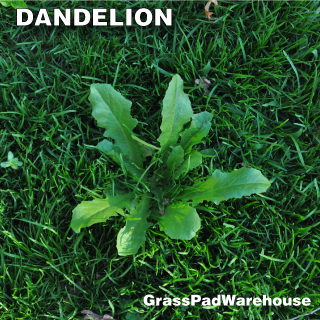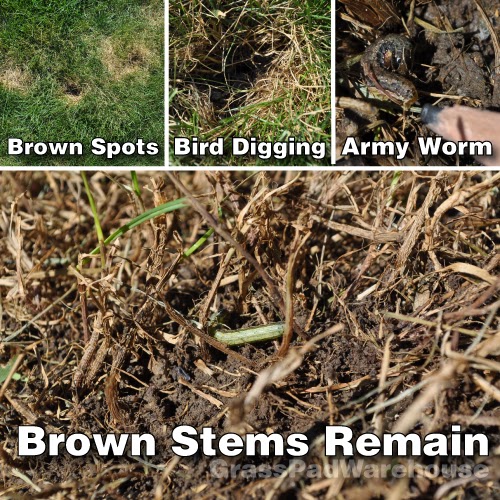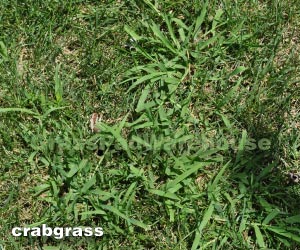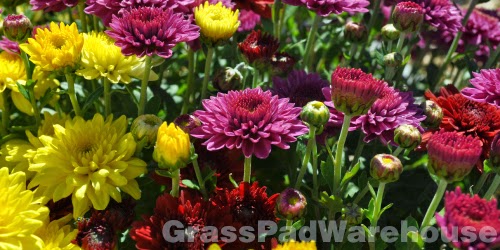Early spring warm up has given plenty of opportunities to finish any chores that were put off in November. Raking, seeding and fertilizing should be at the top of your spring projects list.
This year's dry winter will soon reveal a healthy early crop of spring weeds. Winter broadleaf weeds as henbit, chickweed and dandelions will pop up out of nowhere and frustrate surprised homeowners. When soil temperatures rise above 40 degrees, spray these cold weather weeds with Speed Zone. I like Speed Zone early in cold soils and Trimec in warmer weather. For best control add Uncle's Stikit, non-ionic spreader sticker, to your mix. Stikit will stick it to the weeds. Granular Weed and Feed will work best once soil temperatures warm up in mid-April.
Related: Controlling Broadleaf Weeds in Cool Weather
Apply grass seed to bare dirt, damaged areas, and thin spots. Choose seed mixes that will sprout in cold soils. Sports turf rye grass does especially well in March. Stadium Special, Macho Mix, and Estate Mix formulas will germinate sooner in spring soils than traditional Heat Wave or Blue Wave blends. Top-dress seeded areas with sphagnum peat or PrimeraFC. Do not use topsoil or bagged black peat as these contain weed seeds. For bare dirt, especially where erosion is a problem, think sod. Sod rolls will establish quickly and not be bothered by early spring broadleaf weeds. An application of Loveland's Golf Course Starter or Renovator, spring lawn fertilizers, will help thicken grass turf, fill in bare spots and crowd out weeds. This is especially true in cool spring soils.
Related: When to Apply PREVENT! Crabgrass Preventer
In the garden, now is the time to rake out the flower beds, prune the roses and cut back overgrown shrubs. Trash leaves and branches are home to insect eggs and disease spores that will cause mischief when the weather warms up. If leaves and buds are still tight, you can spray light dormant oil or horticultural oil. Later, when insects appear, spray the foundation of the house and any mulch beds with Uncle’s Critter Gitter bug control. Spraying early reduces ants, spiders and other nuisance pests that want to move into the house. It also interrupts the first hatch of hungry bugs lining up in your garden salad bar.
Early March is just the right time to get out last year's honey do list and get started on your spring chores.
Uncle's tip: Avoid traffic on wet soils. The winter freeze-thaw cycles help to alleviate soil compaction. Early spring traffic on saturated soils quickly leads to compaction that would be fixed until the following winter or longer.


















































